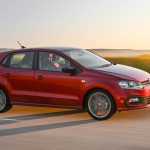CES has always been a place for spectacle, but CES 2026 feels more grounded. The gaming hardware on display is less about visual shock…
Review: Range Rover Evoque P300e Dynamic HSE
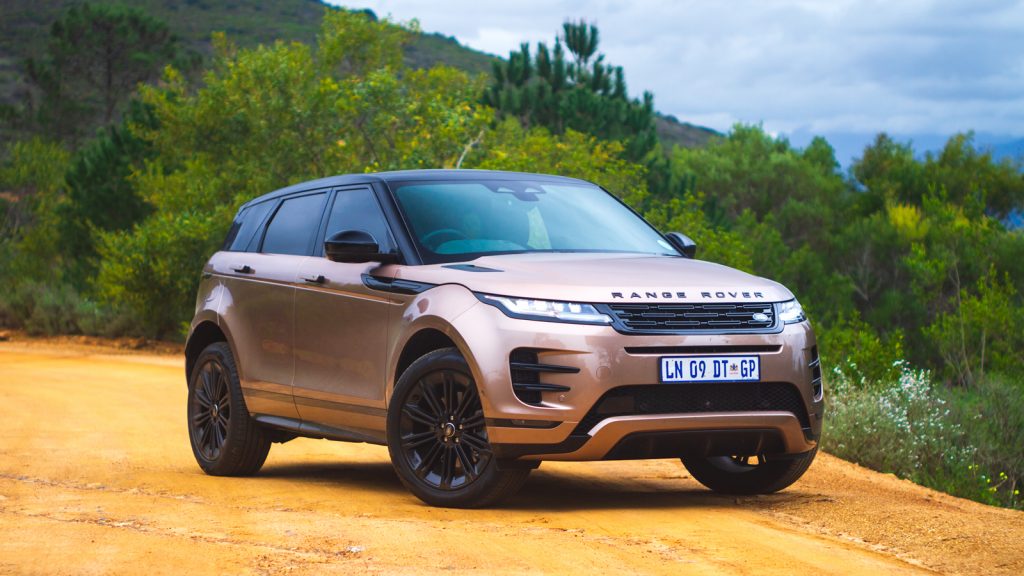
Range Rover Evoque P300e Dynamic HSE. It is an elaborate name for an exciting luxury SUV. The Evoque has always been a future Land Rover, establishing many ‘firsts’ for the British brand.
Evoque was the first Land Rover to feature two-wheel drive four-cylinder engines. Features unimaginable to traditional Land Rover followers but crucial to expanding the brand’s appeal to urban buyers instead of all-terrain adventurers.
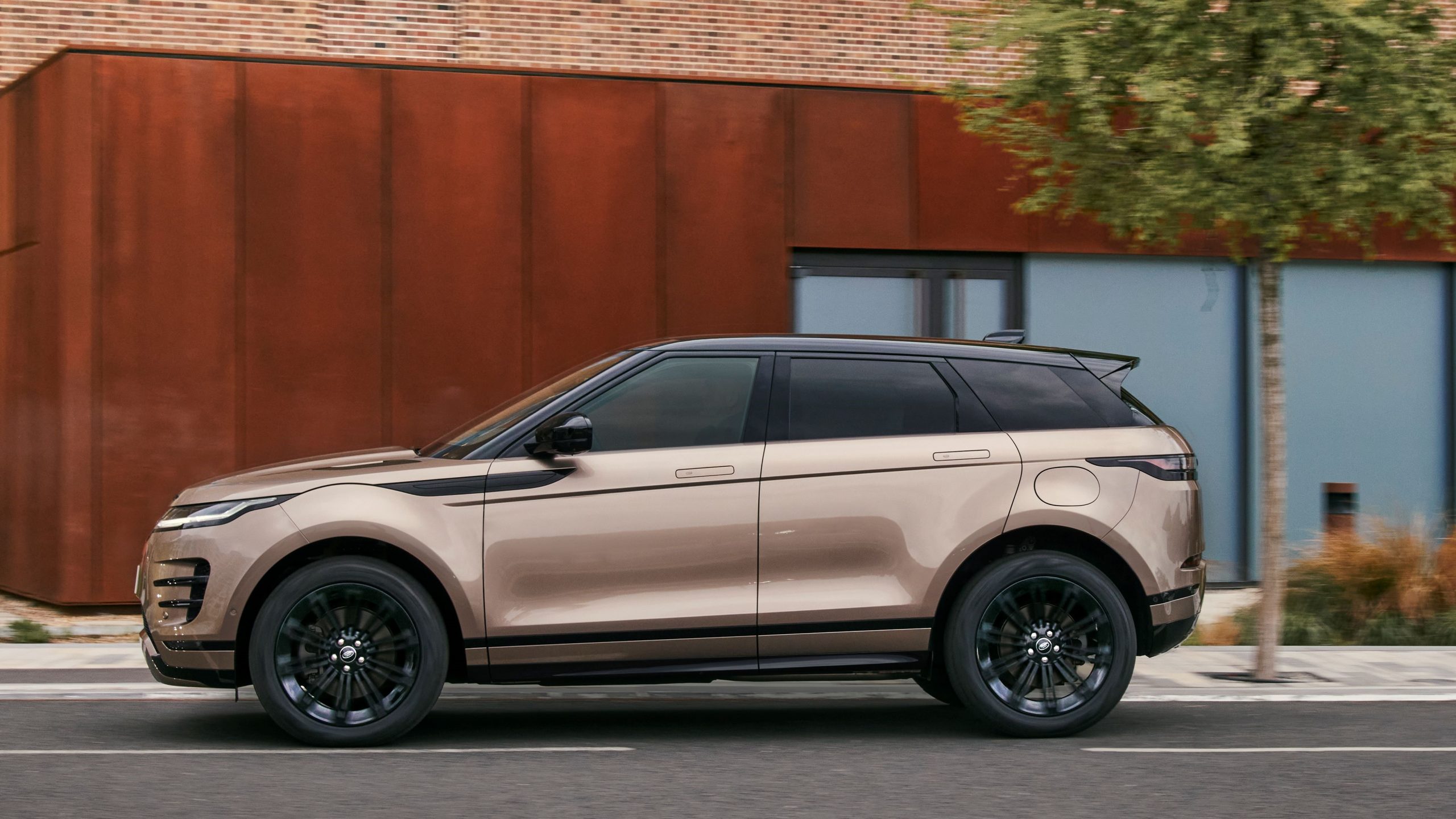
The appeal of a ‘small’ Rangey
As the junior Range Rover, it’s the more liveable option for committed followers of the brand, who deal with real-world parking issues. If you live in a complex with narrow parking bays, or work at an office with lots of oversized pillars keeping the parking area’s roof in place, you know the pain of trying to own a wide SUV.
That’s where Evoque works. It delivers all the dramatic presence of Land Rover’s advanced exterior design, with dimensions that aren’t intimating. It’s not intimidating to park or navigate through traffic. Unlike a traditional full-sized Range Rover.
What makes the P300e version interesting is its hybrid powertrain. This is a true plug-in hybrid, with a 14.9kWh battery, that can be externally recharged or repowered by the 2-litre turbopetrol engine. In a world where EV-adoption remains hesitant, PHEVs have become the unlikely gateway experience to lower-carbon luxury car ownership.
In South Africa, where EV sales are almost negligible as a proportion of the total market (currently trending at less than 1%), PHEVs are where EV-curious buyers are looking for their low-emission luxury vehicle alternatives.
Land Rover’s Evoque P300e offers technology that is rare in the local market. Land Rover’s German rivals, Audi, BMW, and Mercedes-Benz, don’t yet offer the PHEV versions of their Q5, X3, or GLC. That has created the opportunity for this junior Range Rover PHEV, to offer something different in a competitive market segment.
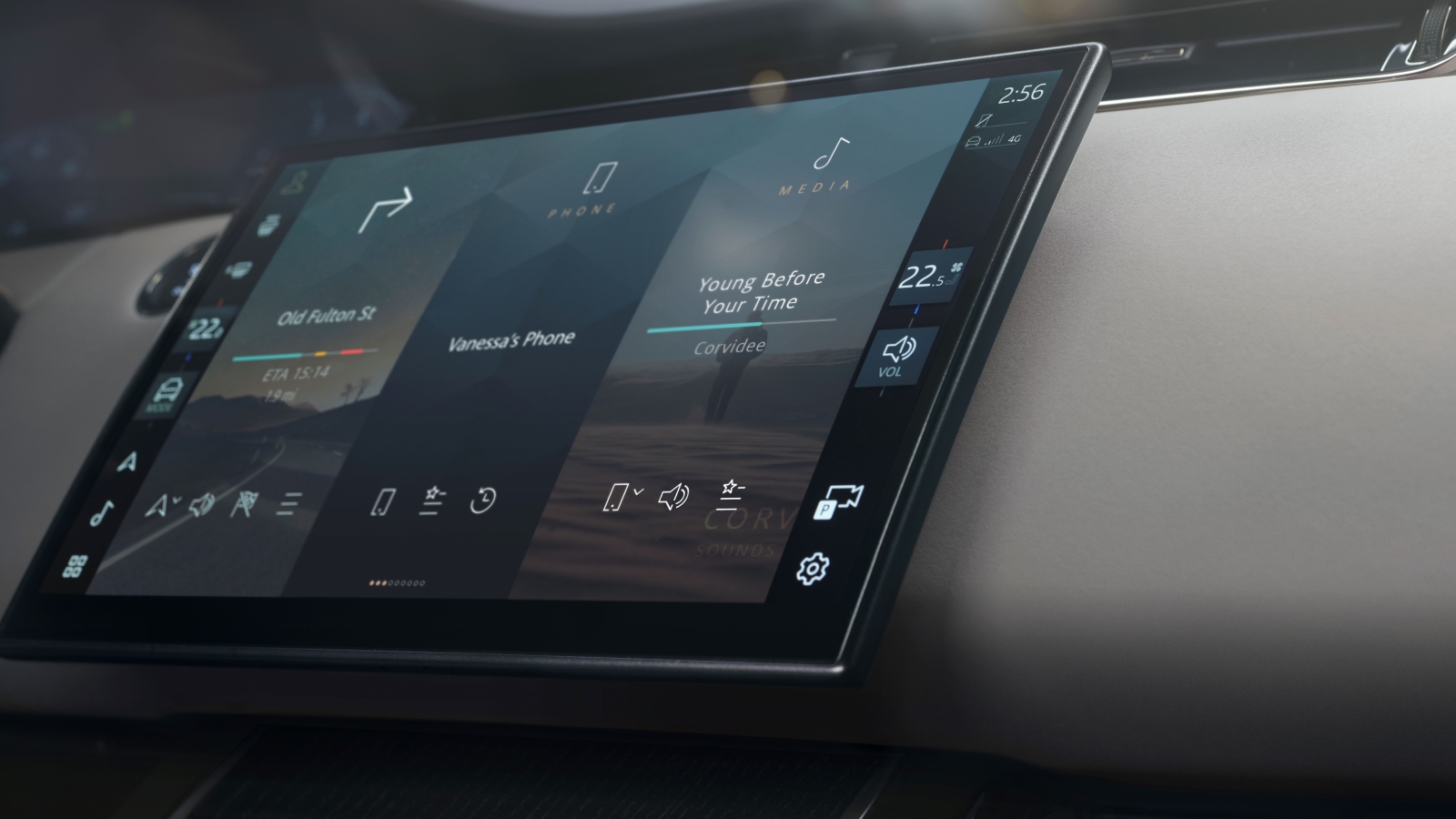
It’s not that big inside
When the original Evoque launched in 2011, it was lauded for a daring design unlike anything Land Rover had previously done.
The glass-to-metal ratio on Evoque was radically altered from classic Land Rover designs. Traditionally, Land Rovers had a lot of side glass to enable game viewing and good obstacle visibility when navigating challenging off-road trails.
With Evoque, the glass ratio reduced, a lot. Why? To give the it a more dynamic look. It’s a simple truism in automotive design and architecture: smaller windows with a sloping roofline make any vehicle look much more dynamic.
The latest Range Rover Evoque has continued with that theme. It looks especially striking in the Corinthian Bronze colourway. But the sacrifice for its road presence is cabin space. It’s tight inside. The roofline feels low, and the pillars are huge (they serve a purpose as crash safety structure items), with lots of front-view corner blind spots.
Luggage space is limited, too. Mostly due to the presence of that battery pack. It’s only 472-litres, less than rivals like Audi’s Q5, BMW’s X3, and the Mercedes-Benz GLC.
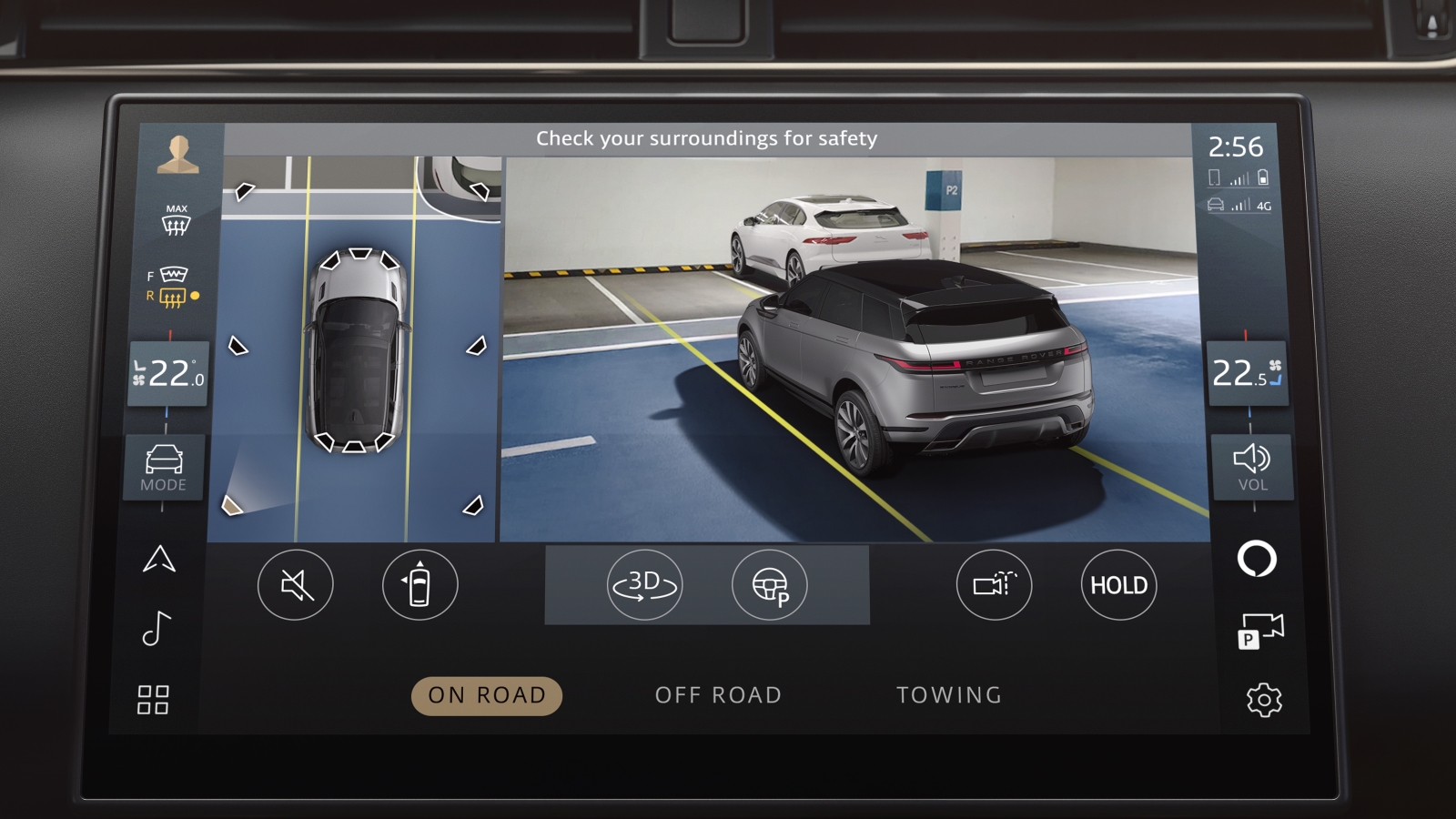
Pivi Pro is peerless
Overall ergonomics are intuitive. But what about the tech? Many luxury car brands struggle to deliver a truly premium infotainment and device connectivity experience. However, Land Rover’s Pivi Pro is a notable exception.
Pivi Pro’s UX is logical and intuitive, without easy menu-to-sub-menu navigation. The entire infotainment system operates with virtually no lag, which indicates how well it matches and configures its software integration with the available processing power specification.
Whatever you need to do while driving, regarding app use and Smartphone integration, the Pivi Pro fulfils every command without frustration.
There are some cabin oddities, though. Like the gear shifter, surrounded by a large flat surface insert, displacing a lot of potential storage space. With device and small item storage at a premium in luxury cars, it’s odd that Land Rover designers have compromised the Evoque’s storage space between the front seats, like this.
Evoque – a clever luxury commuter SUV
The obvious question with any PHEV is this: ‘can I drive to work, and back, in traffic, solely on battery power?’ In a world where battery-powered cars routinely disappoint with their real-world range and performance, the P300e symbolises truth.
Gauteng commuters routinely drive much further than those in coastal cities. But if your daily drive is 50km return, you can do that in a P300e, on EV-mode. This makes a PHEV much better than a conventional series hybrid, which can’t be plugged in.
When crawling along on the N1 or Ben Schoeman commuter traffic, there’s hardly a need for surges of acceleration. You can drive all the way to work on pure battery power. This makes the PHEV Range Rover Evoque silent and relaxing as a daily traffic belt commuter.
As speeds or road gradients increase, the 1.5-litre turbopetrol triple fires up to adds power. Total system output is 227kW and 540Nm. Those are healthy numbers, and the Evoque PHEV is responsive to overtaking needs, even on long inclines, when you need to pass slower heavy transport trucks, swiftly and safely.
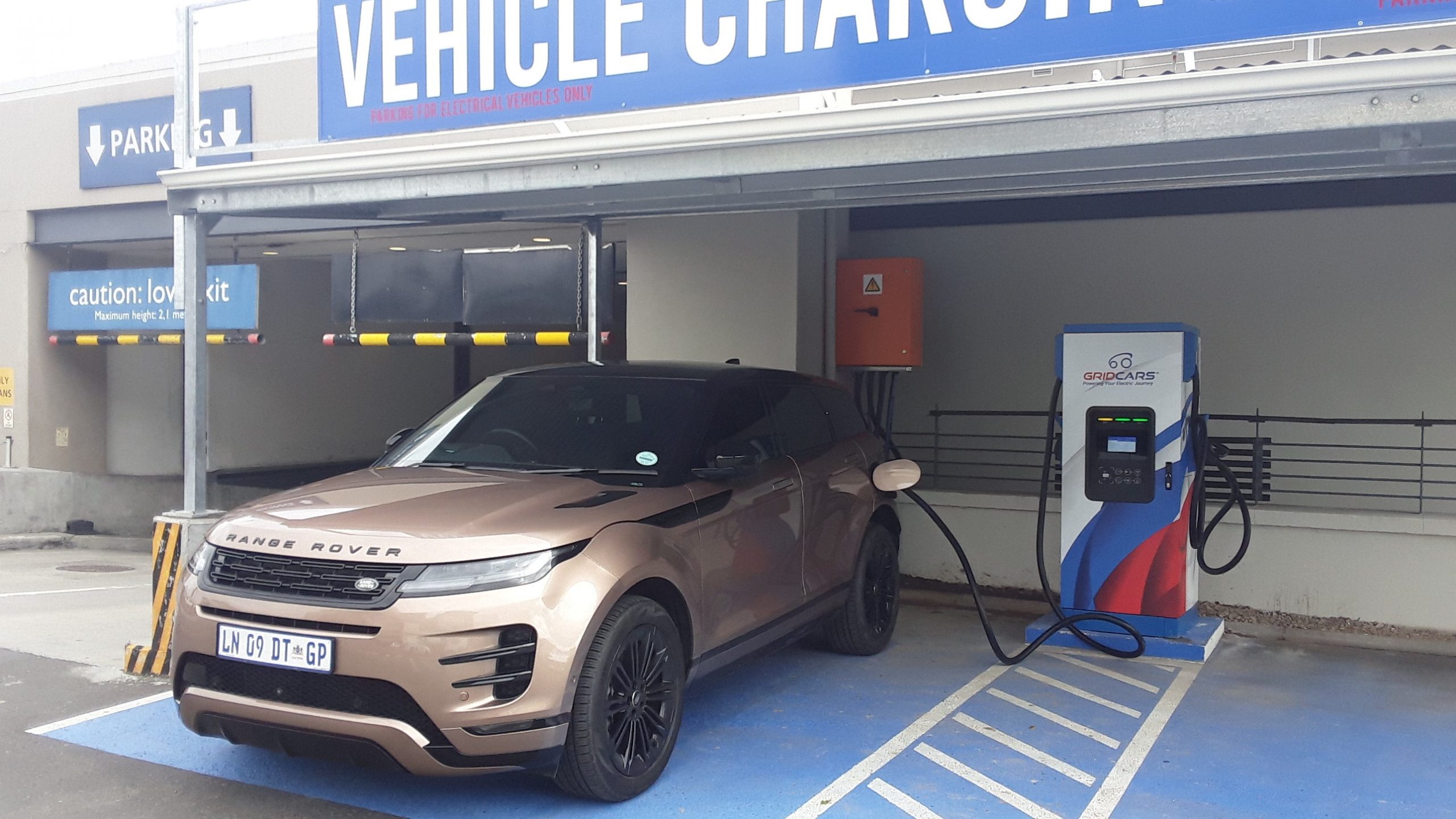
What happens when you are out of battery?
This is a reasonable question for any PHEV owner: what happens to overall efficiency when the battery power is exhausted? Logically, it degrades as the system uses the petrol engine to support electric drive and overall hybridity, but you can help it with very gentle throttle demands.
The Range Rover Evoque PHEV isn’t a large SUV, but it’s heavy, with a kerb weight of 2269kg. Land Rover claims a 2/100km average fuel consumption, which is impossible.
Real-world fuel consumption for this Evoque PHEV was 5.8l/100km during our week’s testing, which included regular battery charging top-ups. For a heavy luxury SUV, that’s excellent fuel consumption. It’s near or better than the best turbodiesels of a few years ago and validates the PHEV powertrain.
PHEVs offer flexibility of itinerary and negligible recharging or range anxiety. With this Evoque, you can easily roll over the most challenging dirt roads and mild off-road tracks on those adventurous long weekend away routes, using its 212mm of ground clearance.
But how badly does the fuel consumption surge when you run out of battery? A lot. Heavy vehicles and small turbopetrol engines don’t make for wildly efficiency fuel consumption. Once you’ve emptied the battery and want to maintain high cruising speeds, the 1.5-litre engine’s consumption grows well into the teens.
What’s the best junior Range Rover deal?
The Evoque is a design icon and an intelligent luxury SUV choice for urban drivers. Land Rover traditionalists might be indifferent to it, but this is the ideal urban Range Rover: luxurious, quiet, and small enough not to intimate the driver when traffic conditions become chaotic or road and parking infrastructure start narrowing.
For most South African luxury SUV buyers, a turbodiesel has always been the choice for its blend of performance and economy. But this Evoque PHEV offers an alternative. Its overall efficiency is near the best turbodiesels, provided you keep the battery charged. And because it’s a PHEV, with a comparatively small battery pack, it’s effortless to keep the P300e charged – unlike an EV SUV, which has a battery pack that is five to six times larger in capacity.
The Evoque turbodiesels make a lot more sense on a pure price comparison. The price difference is notable because battery-drive technology remains expensive. A D200 turbodiesel Range Rover Evoque HSE is R1 331 100. If you want that specification as a PHEV, it’s R1 777 300. With that price difference, you can fund many road trips, vacations, and diesel fuel.
But suppose you want a whisper-quiet drive on your daily commute, and enjoy the futurism of owning and operating a PHEV powertrain vehicle. In that case, Land Rover now offers something with the P300e, that the entrenched German luxury car brands, don’t.
